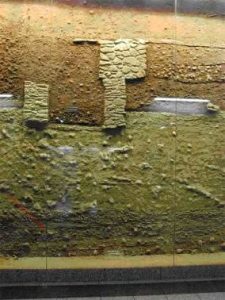Greece, Athens
The river Eridanos of Ancient Athens

Hydria Virtual Museum
Relevance
The Eridanos was the third in size river of ancient Athens in terms of water flow. In reality, it was more like a gushing torrent that during the winter months sprang from the southern slope of Lecabettus hill flowing down to the Kerameikos valley. In this valley, already since prehistoric times, the inhabitants of the nearby settlement buried their dead on the river banks and in the surrounding marshy area.
As the river often flooded, because it would suddenly receive large quantities of water from the surrounding hills, its riverbed was unstable, changing direction from time to time. This is why the Athenians attempted several times to control its riverbed, by diverting it into built channels.
Nowadays, Eridanos mainly runs underground, with a much smaller water supply, it is more like a stream. However, its course can be traced in various spots of the centre of Athens, namely
- in the Kerameikos archaeological site (the only part where the river flows in open air);
- in Monastiraki Metro Station, where the visitor can see part of the underground stream, on display (enclosed in vaulted chambers as it was during Roman times);
- in Syntagma Metro Station where part of the ancient riverbed is exhibited in cross section.

Hydria Virtual Museum

